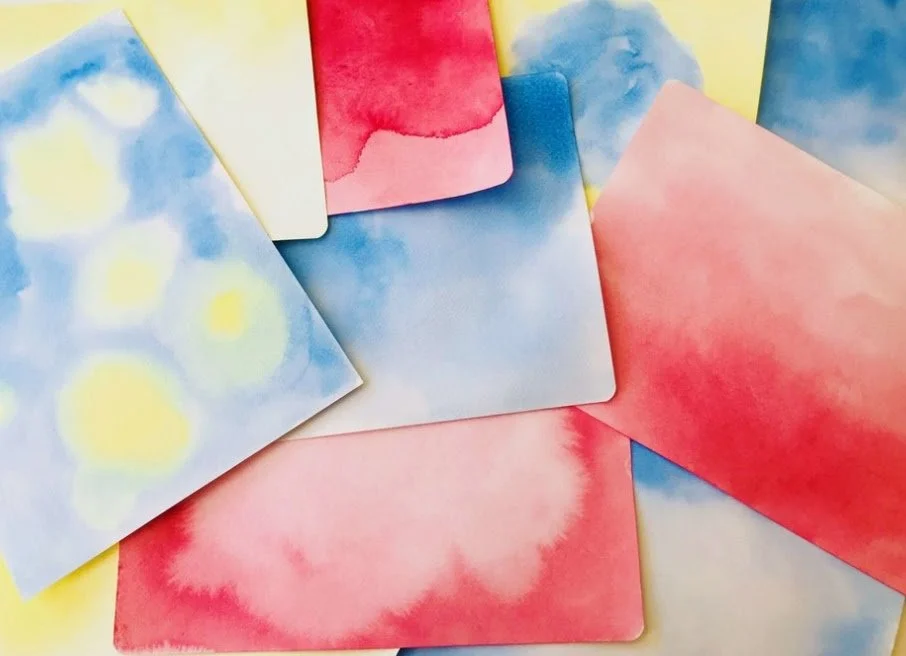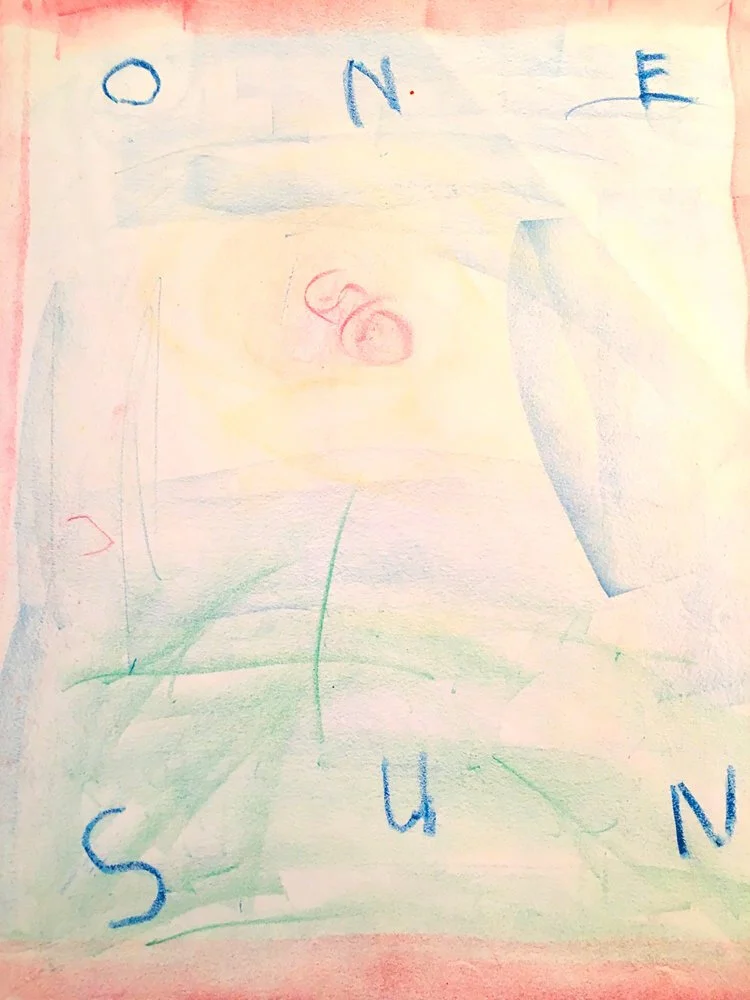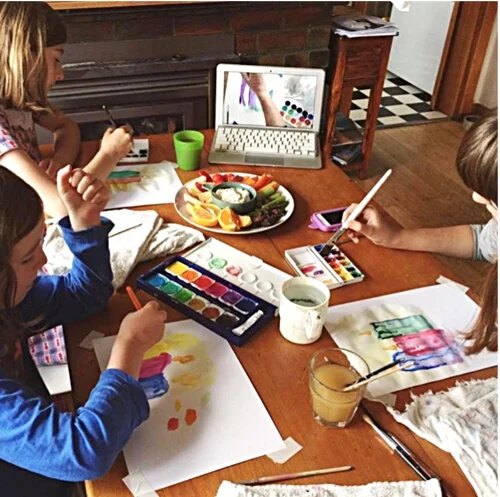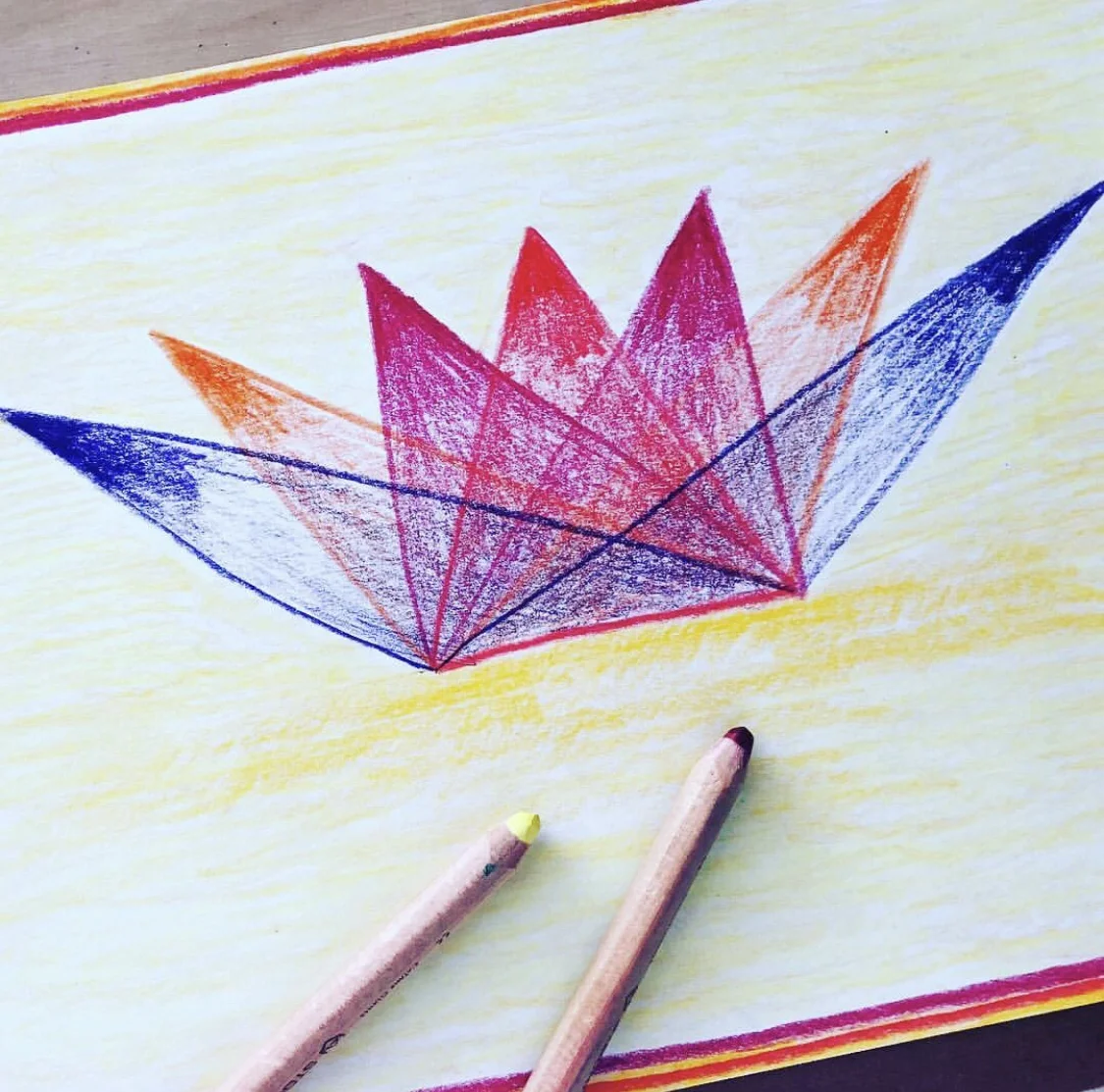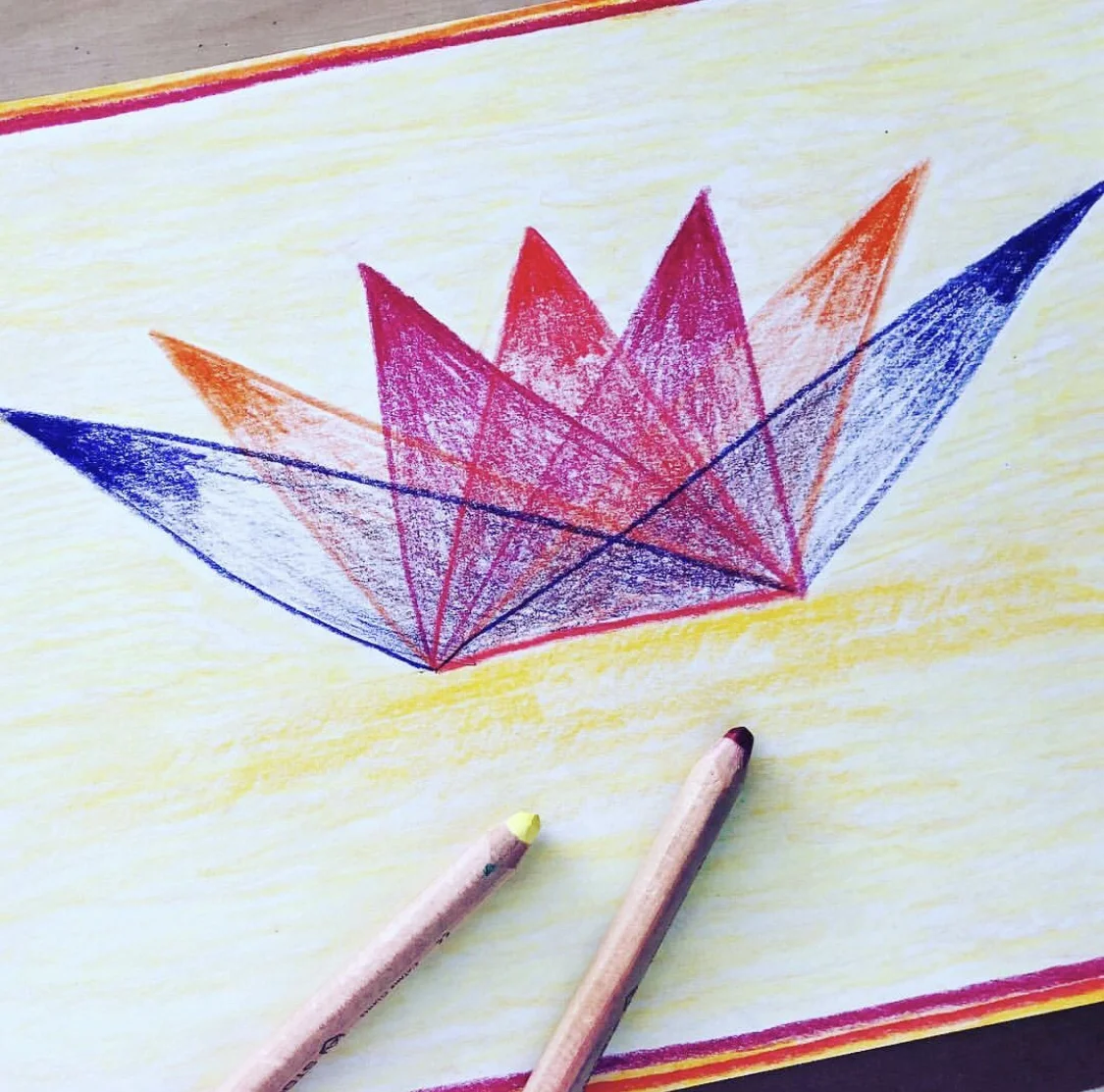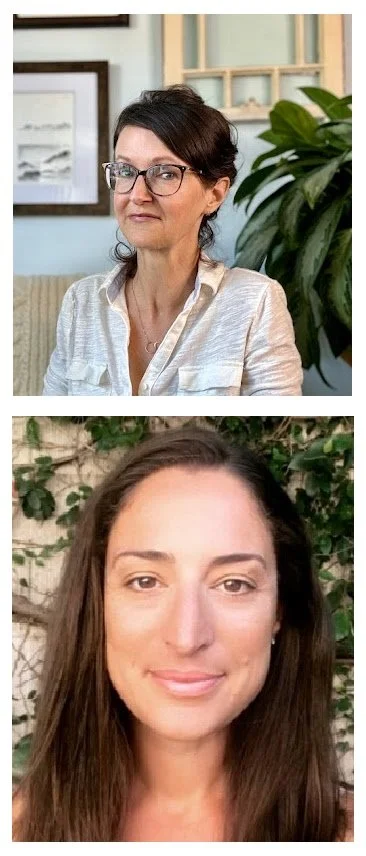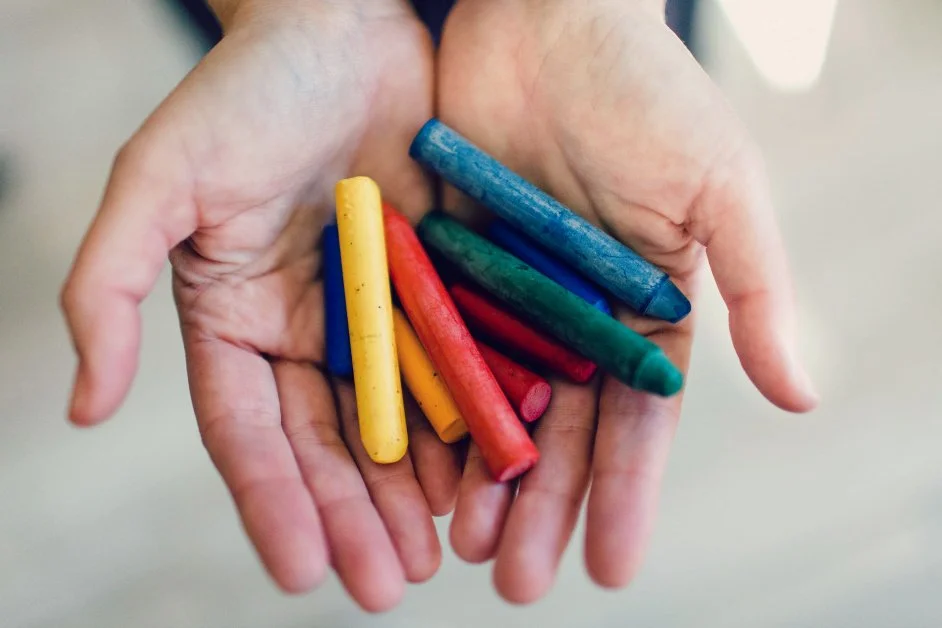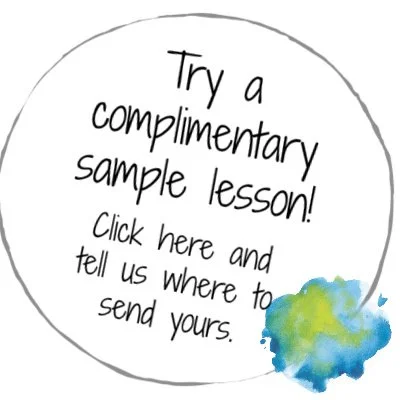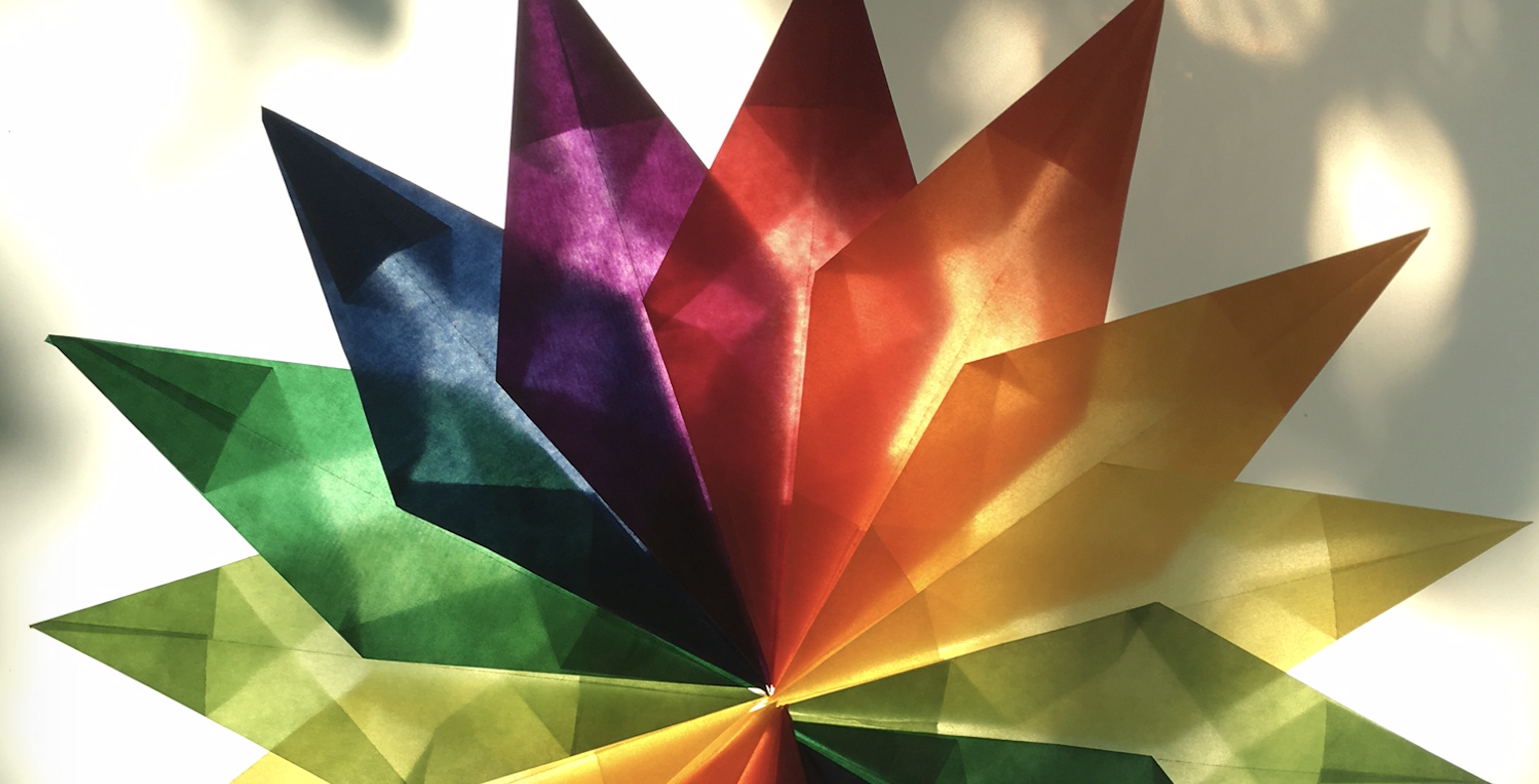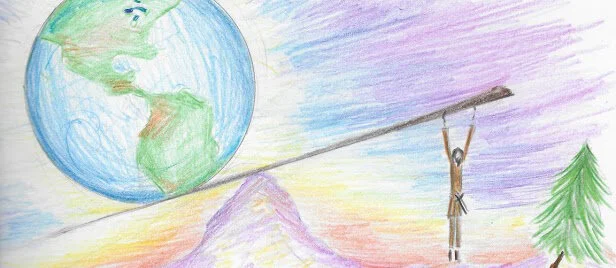
Waldorfish Blog
Starting Waldorf First Grade
Let’s talk all things first grade!
In Waldorf education, there is so much emphasis placed on the transition from kindergarten to first grade, and in many ways, it’s for good reason! The child is ready to transition into the grades, and with that comes a need to approach things a little differently: structure, routine, storytelling, academics, art, and everything in between!
Feeling a little overwhelmed already at how to do it all, and keep yourself sane? We can help.
First, take a nice, deep breath.
Know that you don’t have to do ALL. THE. THINGS. to make a Waldorf grade one curriculum work for you and your child! (And if you’re totally new to homeschooling, click here!)
Start here with our resources and courses; they provide a wealth of information, guidance, and content to support your first grade planning! You’re not alone in this, we promise :)
Let’s get started!
Let’s start at the beginning: what is first grade art curriculum? What kind of artistic experience will the children enjoy in first grade, and what role does the educator play in creating a beautiful and supportive learning space?
We’ve put together this piece as a starting place for you - we’ll be answering frequently asked questions about Waldorf art in first grade, and providing you some helpful resources to help make your artistic journey doable, meaningful, and fun!
Painting with your first grade child can be a truly rewarding and enriching experience, and it’s easy to get started! Amanda Mercer (our amazing course creator!) and Robyn Wolfe (Waldorfish All-Things Creator) have written a piece that walks one through the “whys” of first grade painting; it’s all about creating a meaningful experience (while keeping it simple, - and who doesn’t love that?!)
“Painting lessons create opportunities for students to develop an intimate understanding of the colors through their imaginations, movement, and imitation. When the teacher brings the lessons in partnership with short verses and stories...the children live into each experience fully. ”
First grade form drawing can be incorporated seamlessly into your weekly curriculum. Need an introduction to form drawing in general? Rev Bowen, our form drawing course creator, has written the perfect post to get you inspired, and to get you started!
“The forms themselves, as finished works, may become beautiful, but they are not nearly as important as the processes through which we explore and embody the movements. Form drawings, as finished pieces, are merely the footprints left in a medium such as pencil on paper, evidence of the wonderful movements of the human being and the cosmos. Form drawing, as a practice, can be an essential path of human development.”
Children learn in many ways (through movement, music, and poetry…to name a few!) but one of the key ways a first grader learns is through the ancient art of storytelling!
Traditional first grade Waldorf curriculum uses stories to introduce each letter in the alphabet, each number, and many other aspects as well. Stories create connections, context, and enliven education in a very real way!
Now, you may be saying to yourself, “But I don’t know any stories!” or cringing at the idea of memorizing a fairy tale everyday for a lesson…
Here’s the thing: You already are a storyteller! Seriously!
Our dear friend Sara Renee Logan has written a series of posts that are sure to inspire, empower, and give you the confidence to start incorporating your own stories and others into your weekly routine. Trust us; you’ve got this!
We love all things art (can you tell?) and have been reminded time and time again of its value when it comes to enlivening academics with all things artistic.
Have you ever wondered where this approach comes from, and what, exactly, art does for a growing child? Our friend Cristina Havel has written a resource for you, illustrating the true impact of artistic curriculum in Waldorf education.
“Artistic endeavors sharpen two very important human skills: the ability to shape, or see, and the ability to perceive, or distinguish. When practiced over time using diverse techniques across a variety of subjects, something very special emerges: the ability to shape and perceive new ways of looking at the world.”
Waldorf Art for Beginners
First grade art curriculum can include many things: crayon, pencil, watercolor painting…so many options and fun mediums to choose from!
But, are you feeling a little stuck? Like there are too many decisions and things to figure out to incorporate art into your weekly rhythm?
We’ve got you covered! Check out our Waldorf Art for Beginners course; not only does it include a variety of techniques and mediums to work with, each lesson provides in-depth guidance and instruction; perfect for those just starting out!
Grade One Painting Course
Watercolor painting curriculum in first grade is truly unique, incredibly special, and completely doable for you to do at home with your child! It’s true!
Amanda Mercer, a Waldorf-trained teacher (and overall cool human) has created a truely supportive course for those wanting to bring watercolor painting to their first grader. Not only do the lessons include original verses and step-by-step guidance, they also show how to cultivate a calm, encouraging, and experiential mood with each progressing lesson.
Why wait to get started?
Click here for a free sample from Grade One Painting!
Does making form drawing a part of your weekly first grade rhythm sound... Exciting? Daunting? A little bit of both?
Remember, you don’t have to do all the things yourself; let us handle the form drawing curriculum for you!
Rev Bowen, a master Waldorf teacher, has created a course specifically for the first grade child that guides you through the ins and outs and hows and whys; everything you need to bring this rich Waldorf homeschool curriculum into your rhythm and routine!
Click here for a free Form Drawing Lesson!
Questions about any of these resources? You can contact us, here. We’d be honored to be part of your first grade year!
Why Waldorf Chalk Drawing?
Chalk art in the Waldorf curriculum is a medium for extending the storytelling that is happening the classroom. It is a medium for enlivening the curriculum through pictures.
6 ways chalk drawings enliven the Waldorf curriculum:
Image: ©Waldorfish, all rights reserved
In Waldorf Education, it is always through storytelling that the images arrive. Surrounded by story, the children live into their imaginations and each will create mental pictures unique (and most meaningful) to them. Through the artistic activities that follow the review portion of a lesson, the children are able to live into the story experience again. Here they place their own feelings on it. This allows a true and unique connection to the content of the lesson.
“Ordinary everyday life can be portrayed in meaningful pictures and images. The teacher must fill with inner conviction and warmth the pictures he/she presents to the souls of the children. They can derive strength for the whole of their lives from lessons that stream from heart to heart rather than head to head.”
1.Nourishing the Senses
Chalkboard drawings are intentionally beautiful and calming. They offer a soft, sensory-rich visual experience that supports the development of aesthetic awareness and helps create a nurturing classroom or homeschool environment.
2.Engaging the Imagination
Rather than relying on abstract symbols or rote facts, chalk drawings speak in images, mirroring how young children naturally think and learn. This supports deep imaginative engagement, especially in the early grades.
Beautiful and temporary, chalk drawings support learning in multiple ways!
3.Supporting the Lesson’s Theme
Each drawing visually anchors the main lesson content - whether it’s a fable, a math story, or a historical scene. The image becomes a living memory picture that children carry with them, making abstract content more memorable and meaningful.
4.Modeling Artistic Process
Children observe that the teacher created the drawing by hand. This models care, creativity, and intention - and it can inspire children to take joy and pride in their own artistic work.
5.Creating Rhythm and Atmosphere
The chalkboard drawing sets the tone for a lesson block or season, helping children orient themselves rhythmically in time. It quietly says, “We’re entering this story now,” or “This is where we are in the year.”
6.Inviting Quiet Reflection
Because the drawings are temporary and made with care, they invite a sense of reverence. Children often return to the blackboard, sitting in quiet contemplation, taking in the image again and again. It becomes a subtle, sacred part of the learning space.
December update
*Early-bird registration - Waldorf Homeschooling Conference
Join us in Atlanta, GA March 8th & 9th! We'll be leading 4 workshop sessions at this regional event, covering Geometry, Movement, Watercolor painting, and Chalk Drawing.
Read more about all the workshops & teachers, plus take advantage of early-bird pricing, which ends Dec 31st.
*Waldorfish Families interview series
Every few weeks on the blog we are shining a spotlight on different families from within the Waldorfish community! You are such a diverse and global group - we're pretty sure you'd be bff's in real life. Please enjoy this conversation with Jessica Richardson! She shares a few of her family's favorite resources, as well as some words of wisdom:
"I've learned to let go of perfect, to not expect myself to be able to teach every subject, and to not go it alone. Allowing others, like using the Waldorfish Geometry, gives me a break from planning so I can place attention somewhere else. My best advice is to create a local Waldorf inspired group to meet with weekly for nature walks, festivals, and seasonal fun. Ours is finally thriving and my children and I are so happy when we meet!"
Click here to read the full interview.
*Weekly Art enrollment will close on Jan 15th
For those who would still like to join us for this year's session, the deadline for enrollment is January 15th. Click here to join us
(P.S. if you plan to use charter school funds for this course, please send your PO now!)
In January we will begin the process of dreaming up the new 2019/'20 session of Weekly Art lessons!
*New Geometry Sample Lesson
We've replaced our free geometry sample lesson with something new! Pulled from the Grade 5 course, this freehand exercise will give you a good feel for how all the lessons in the full program are filmed, and how they flow.
We've also included a brief intro video from each of the grades 5-8, outlining what each course covers.
Scroll down to the bottom of this page, and tell us where to send your free lesson!
Waldorf Grade One Painting : Out of the Color
Connecting with the color blue in a simple, yet meaningful painting activity.
Children in Waldorf schools begin painting with liquid watercolors on damp paper in preschool and kindergarten.
The use of this medium continues into grade one, however at this point there is a shift in the way the weekly painting lesson is presented.
The 6-7 year old child learns through experiences. They’ve left kindergarten and are transitioning slowly into more structured learning.
In his Colour Lectures, Rudolf Steiner talks about the importance for each artist (student) to know each of the colors, to understand them individually, and also how they interact with each other. He specifically says that we need to experience the colors in our feeling life in order to understand them. Once we understand them in their trueness, then we can really use them.
“Let us try to sink ourselves completely into what we receive through colour from the rich and varied world around us. We must feel what is in colour if we wish to penetrate into its true nature, bringing insight into our feelings. We must question our feelings about what is living in the colour which surrounds us. ”
Painting in primary colors is a wonderful place to begin for the growing first grader.
Painting lessons create opportunities for students to develop an intimate understanding of the colors through their imaginations, movement, and imitation.
When the teacher brings the lessons in partnership with short verses and stories (which help to personify the colors), the children live into each experience fully.
“Painting lessons also provide the teacher with a further opportunity for getting to know the children’s soul constitution in even more detail. Different temperaments and constitutions reveal themselves through what and how the children paint.”
Bring Waldorf watercolor painting curriculum into your homeschool routine today!
In grade one the lessons are simple color experiences guided by the teacher. It is purely artistic work - there is no expectation of the children creating a specific form or picture of something. These experiences are ordered in such a way that allows the children to begin to understand the dynamics of the colors by themselves, and in relation to each other.
The painting lessons begin very simply, with yellow by itself. Then the children will experience only blue. Eventually the two, yellow and blue, will be brought together on the page and the children will experience them together. Next, red is introduced by itself. Eventually red and yellow will be presented together, and then red and blue. Each of these experiences offers the children something new to live into, all the while expanding their understanding of the nature of each of the colors. (Of course, a natural result of bringing 2 primary colors together in a painting lesson is the birthing of the secondary colors - orange, green and purple. A wonderful moment in any painting lesson!)
As the year progresses, the teacher guides the children as they experience all 3 colors on the page together, culminating towards the end of the year with the children learning to create a color wheel. The color wheel becomes the foundation of many future paintings the children will create in each progressing grade.
*Looking for support painting with your child? We made you something:
About the Authors
Robyn Beaufoy is Waldorfish’s CEO, and also a course instructor for Simple Season (coming soon!), Waldorf Art for Beginners, and Weekly Art Foundations. You’ll find her intuitive touches and influences throughout everything Waldorfish offers! Robyn has been in the world of education for over 25 years, with an MA in Education and a certification in Waldorf teaching - she also homeschooled both of her children for some of that time. In 2012 Robyn co-founded Waldorfish.com, creating it with the vision of making Waldorf inspired-art and pedagogy more accessible, joyful, and doable for homeschoolers all over the world.
Amanda Ziadeh Mercer is a dynamic Waldorf Teacher, and is the creator of our Painting courses for the grades 1-3. She has had the pleasure of working with children in varying stages of development, ranging from infants in Parent-Child programs to the more mature students of the eighth grade. This wide range of experiences has gifted her a full picture of the developmental stages of childhood.
Looking for something?
Welcome to Waldorfish! We started this adventure in 2012 out of a desire to make Waldorf training more accessible to class teachers in remote locations and to homeschooling families everywhere! Read more, click here.
WE WON! Our Weekly Art courses were voted “best interactive art program.” Learn more about the award, here.
A few of our most popular blog posts:
